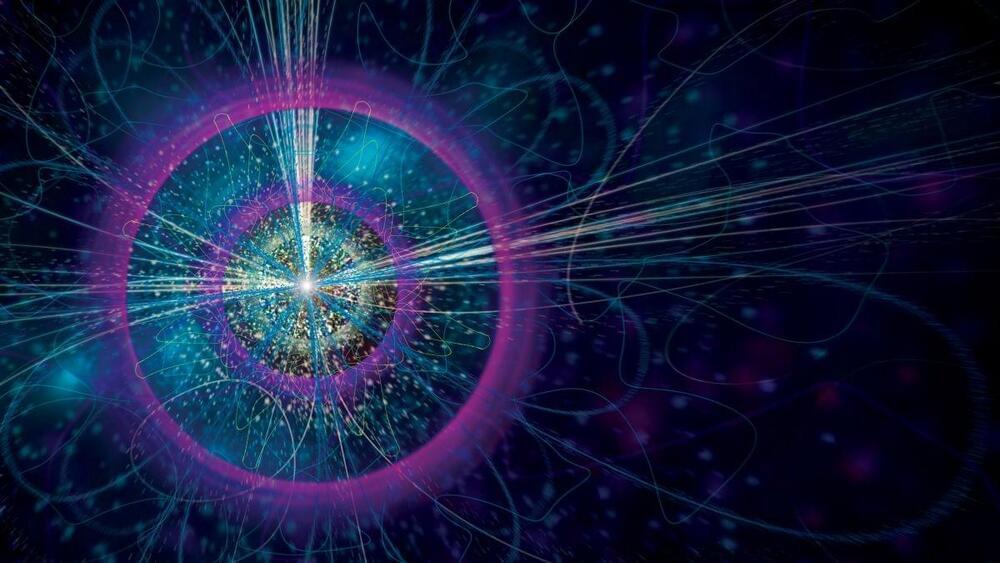Physicists sifting through old particle accelerator data have found evidence of a highly-elusive, never-before-seen process: a so-called triangle singularity.
First envisioned by Russian physicist Lev Landau in the 1950s, a triangle singularity refers to a rare subatomic process where particles exchange identities before flying away from each other. In this scenario, two particles — called kaons — form two corners of the triangle, while the particles they swap form the third point on the triangle.
